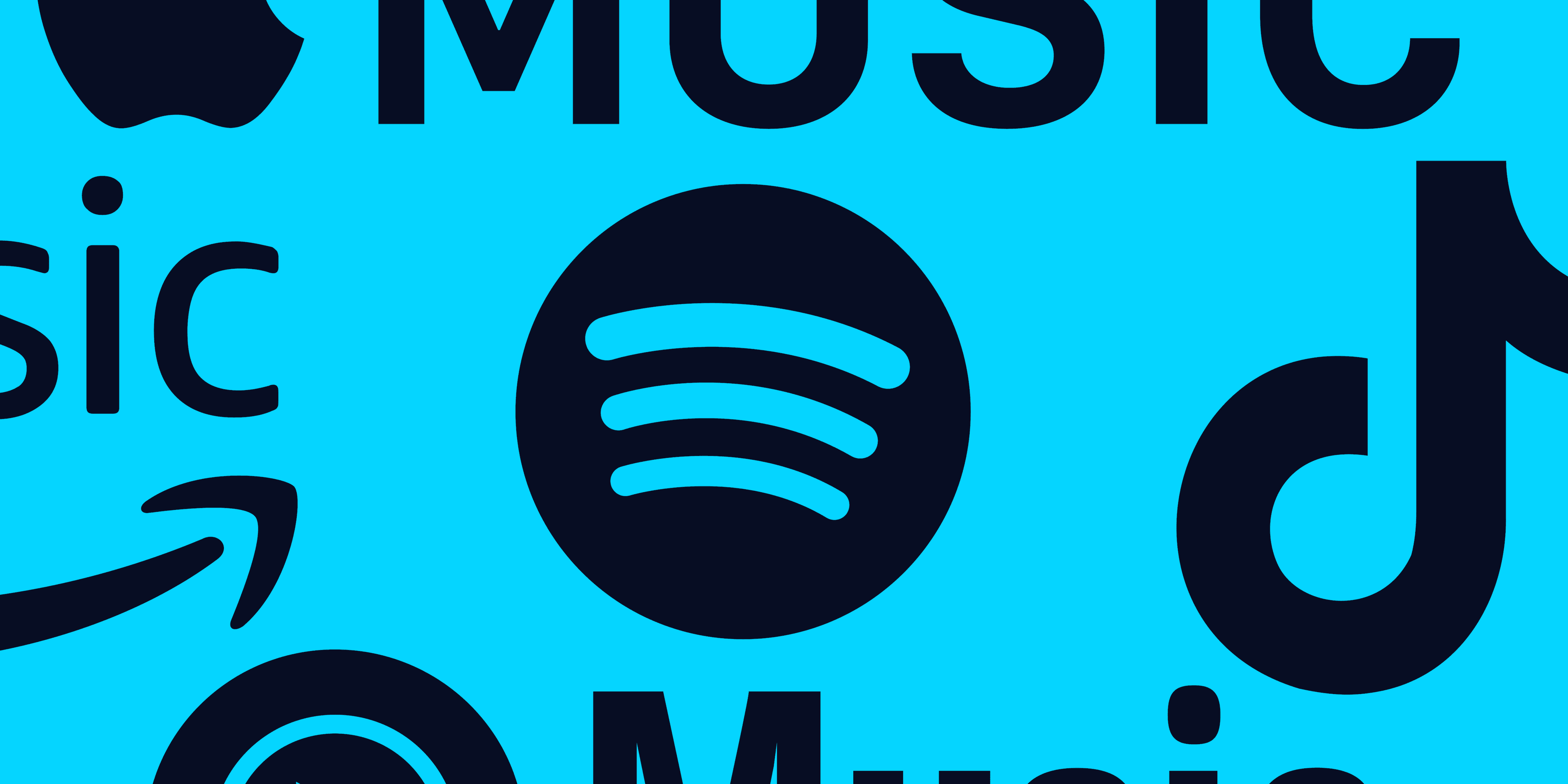YouTube has emerged as a lucrative platform for content creators worldwide. With millions of videos uploaded daily, many wonder how much YouTube actually pays its creators. This question intrigues aspiring influencers and seasoned veterans alike, eager to understand the financial potential of their creative endeavors.
YouTube’s payment structure isn’t straightforward; it depends on various factors like views, engagement, and ad revenue. Creators often find themselves navigating a complex landscape where earnings can fluctuate significantly. Understanding these dynamics is crucial for anyone looking to turn their passion for video-making into a profitable career.
As more individuals consider diving into the world of online content creation, demystifying YouTube’s compensation model becomes essential. Whether you’re curious about starting your own channel or simply interested in the economics behind viral videos, exploring how YouTube compensates its talent offers valuable insights into one of today’s most popular platforms.
Does YouTube pay per view?
YouTube doesn’t pay directly per video view. Creators earn revenue from ad views linked to their videos.
- Video Views: This is the count of times a video is watched on YouTube, regardless of how long it’s viewed. It doesn’t generate direct income for creators.
- Ad Views: These counts represent how many times an advertisement is shown and watched for at least 30 seconds or fully if shorter. Revenue generation relies on ad views, not purely video views.
For monetization, joining the YouTube Partner Program (YPP) is necessary, enabling access to resources like Google AdSense.
Don’t lose hope: here’s how you can make money from YouTube
YouTube offers a unique platform for creators to earn revenue, but success requires strategy and dedication. Following these steps can maximize earning potential.
Find Your Ideal Member
To effectively grow and monetize on YouTube, identifying an Ideal Member is essential. This person represents the audience that benefits most from your content. By targeting a specific niche like travel or fitness, creators can cater to those who resonate with their message. Consider key questions: Who is this audience? What are their desires? What challenges do they face? Understanding these aspects builds a loyal community.
Create Quality Content
Quality content involves more than interesting topics; it also requires good production values. Investing in proper equipment like cameras and microphones enhances viewer engagement. For example, LeMMiNO captivates audiences with well-edited videos on intriguing subjects such as “The Vanishing of Flight 370.” High production standards keep viewers watching longer.
Create Consistently
Consistency doesn’t mean excessive output—it means regularity within personal limits to avoid burnout. Creators should choose a realistic posting schedule that supports sustainable growth while maintaining quality. Planning ahead by preparing content in advance helps manage time efficiently and reduces stress during busy periods.
Evaluate Your Metrics
Understanding performance through metrics is vital for strategic growth. Monthly evaluations should include subscriber count, channel watch time, top video performance, and traffic sources. These insights guide decisions towards achieving goals such as authority building or revenue generation once monetized through the YPP.
Keep Learning and Growing
Continuous improvement ensures long-term success on YouTube. Experimentation like A/B testing thumbnails or shortening video lengths aids in optimizing viewer engagement if watch time stagnates. Collaborations with other creators expand reach while utilizing platforms like Pinterest directs new audiences back to your channel—strategies employed by 58% of successful creators across multiple types of content increase visibility and foster growth opportunities.
Other ways to make money as a creator
Monetization on YouTube extends beyond ad revenue, offering diverse opportunities for creators to earn income. Exploring these avenues can enhance financial viability and expand brand reach.
Physical Products
Creators with artistic skills or niche interests can monetize through physical goods. Options include custom merchandise like T-shirts or unique items such as handcrafted jewelry. Effective cost management enhances profitability in this area.
Physical stores aren’t necessary. Creators can set up online shops using platforms like Shopify or integrate e-commerce plugins into personal websites. Marketplaces like Etsy also provide ready-to-use solutions for selling products.
Build an App
For influencers with substantial followings, developing an app presents a lucrative opportunity to engage fans and generate income. Collaboration with services like FanCircles facilitates building branded apps that offer subscription models, potentially earning $100,000 per 1,000 subscribers at $99 annually without commission fees deducted by the platform.
A successful app requires distinct content that differentiates from social media offerings, providing exclusive insights or fostering fan interactions. Monetizing online communities within apps creates recurring revenue streams while enhancing user engagement and loyalty, as seen in examples from creators like Drew Binsky who establish tailored community spaces for niche interests such as travel enthusiasts.
These diversified income strategies empower content creators to leverage their talents and audiences effectively outside traditional ad-centric frameworks on YouTube.
Conclusion
The financial landscape of YouTube offers numerous opportunities for both new and seasoned creators. While the platform’s payment structure might seem intricate at first glance, understanding it is crucial for maximizing potential earnings. The distinction between video views and ad views plays a pivotal role in revenue generation. By joining the YouTube Partner Program, creators can tap into monetization options like Google AdSense.
Success on YouTube also hinges on identifying an Ideal Member and producing high-quality content consistently. Monthly evaluations combined with strategic growth efforts such as collaborations further expand a creator’s reach. Diversifying income through merchandise or branded apps provides additional revenue streams beyond traditional ad-based models. Embracing these strategies enables creators to harness their creativity and build sustainable careers on YouTube effectively.
Frequently Asked Questions
How does YouTube’s payment structure work for creators?
YouTube pays content creators based on ad views rather than video views. Earnings are primarily generated through the YouTube Partner Program (YPP), where creators earn a share of the revenue from ads displayed on their videos. Factors such as viewer engagement, watch time, and audience demographics also influence earnings.
What is the YouTube Partner Program (YPP)?
The YPP allows content creators to monetize their videos by showing ads. To qualify, channels need at least 1,000 subscribers and 4,000 watch hours in the past year or 10 million Shorts views in 90 days. Qualifying gives access to tools like Google AdSense for earning ad revenue.
How can YouTubers maximize their earnings?
To maximize earnings, focus on creating high-quality content that resonates with your ideal audience. Consistency in posting schedules is crucial to maintaining engagement without burnout. Explore collaborations and promote your content across other platforms for increased visibility and growth.
Are there other monetization avenues besides ad revenue?
Yes, creators can diversify income through merchandise sales, branded app development, or by offering subscription-based services. Selling physical products like custom merchandise via platforms like Etsy or developing apps for substantial followings provides alternative revenue streams beyond traditional ad models.
Why is understanding performance metrics important?
Evaluating performance metrics helps identify which strategies are working effectively and areas needing improvement. Regular analysis enables informed decisions about content creation and engages audiences better over time while fostering strategic channel growth aligned with viewer interests.

